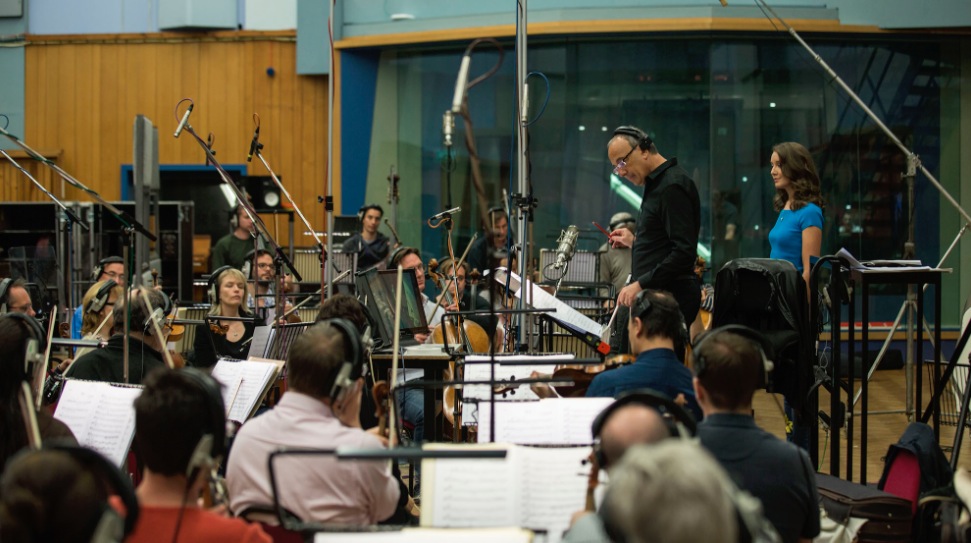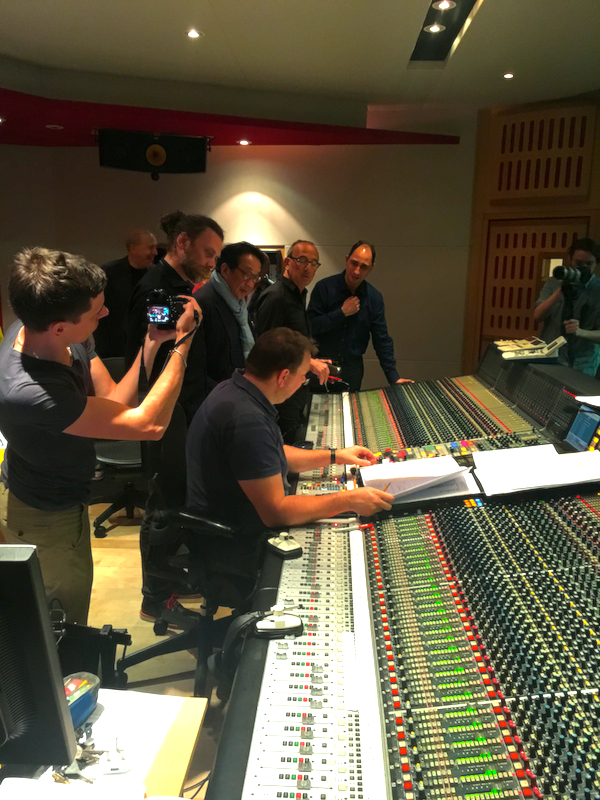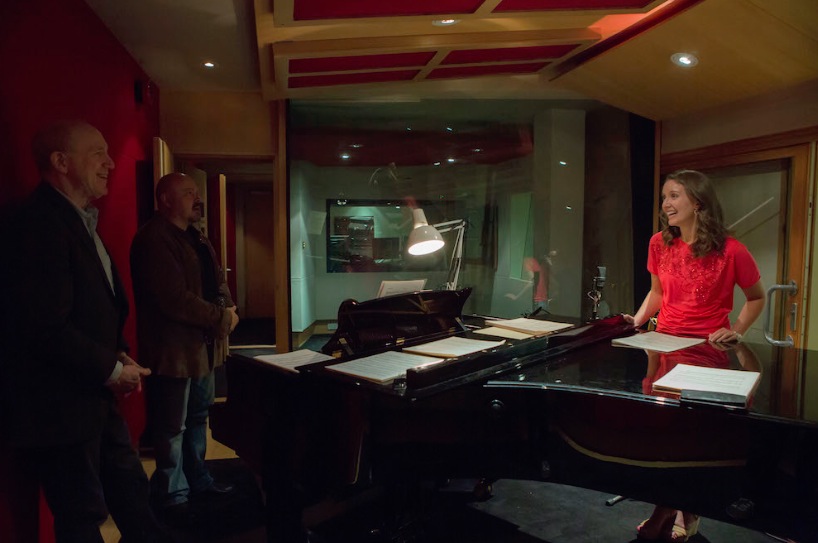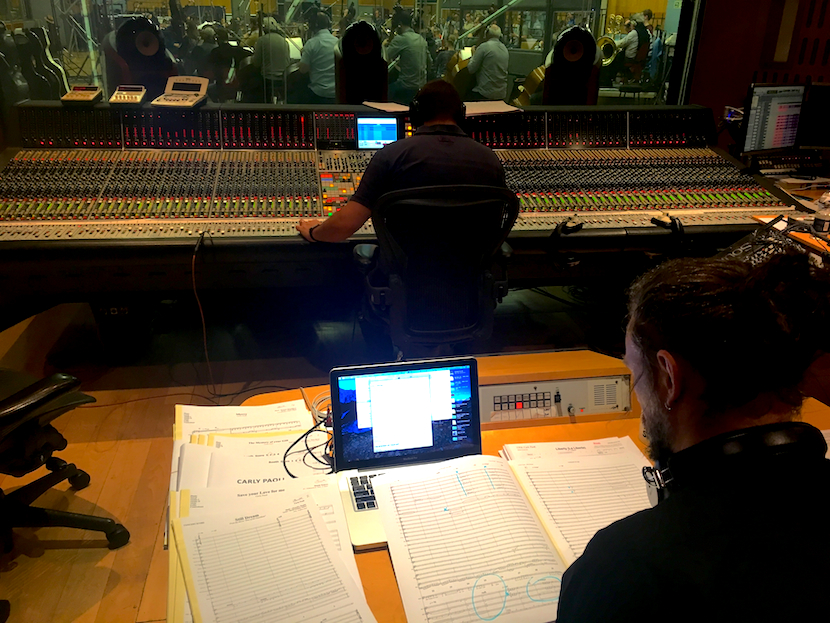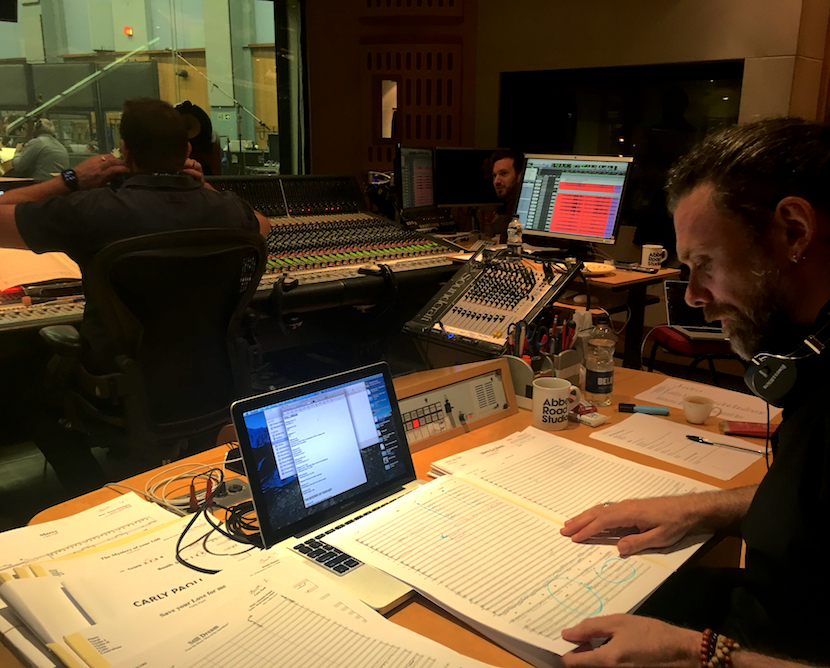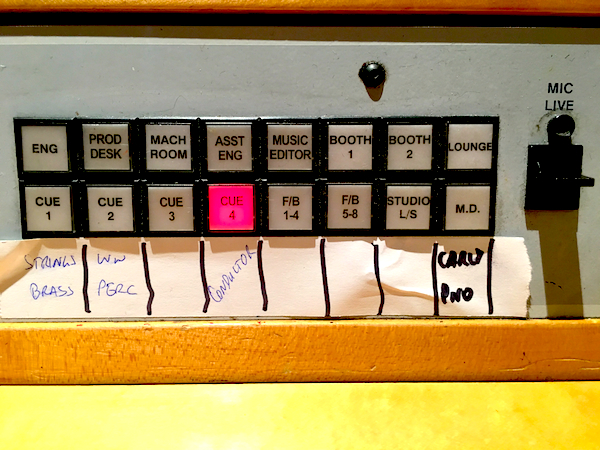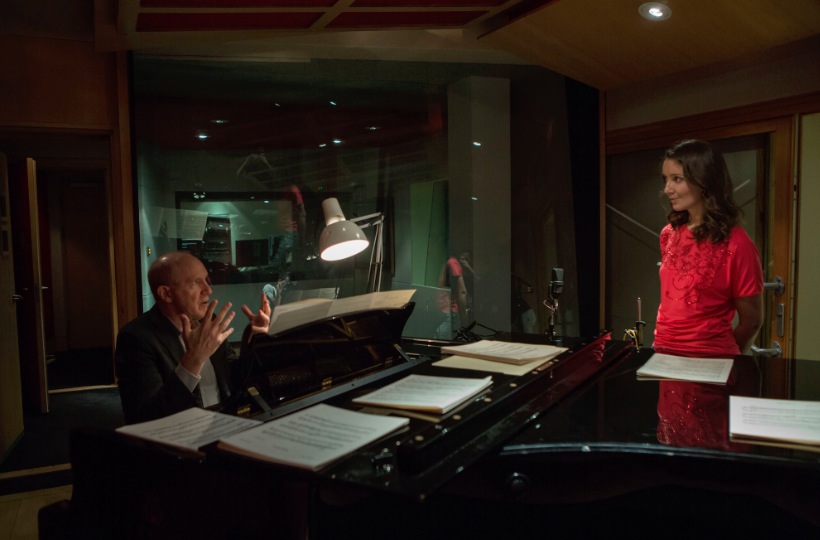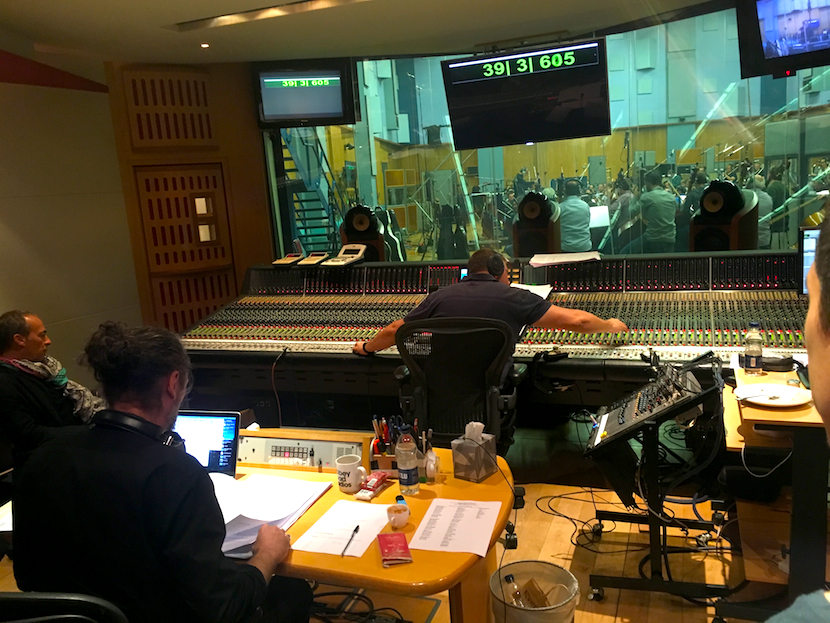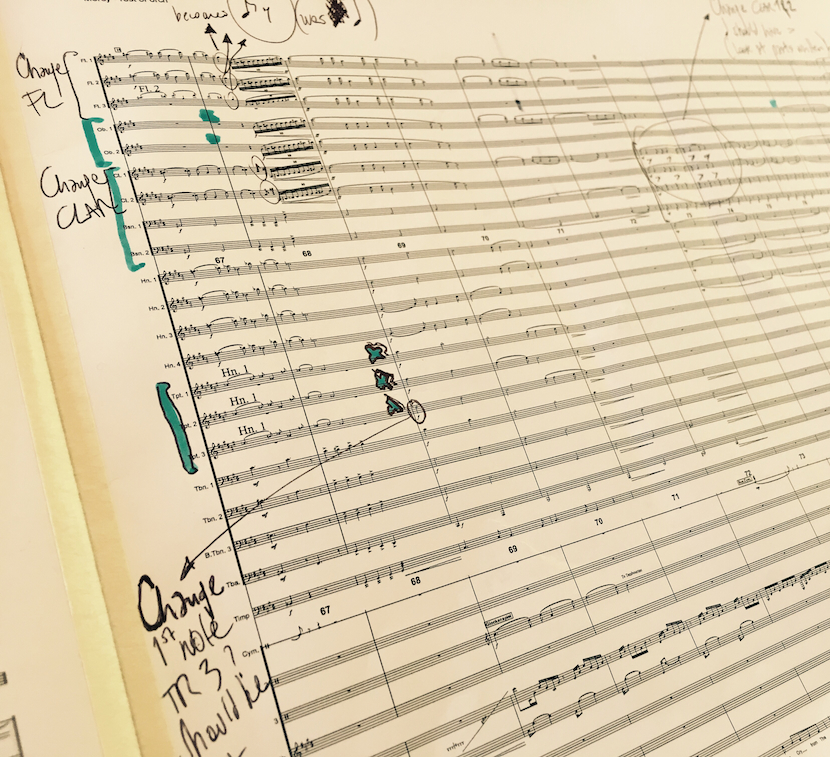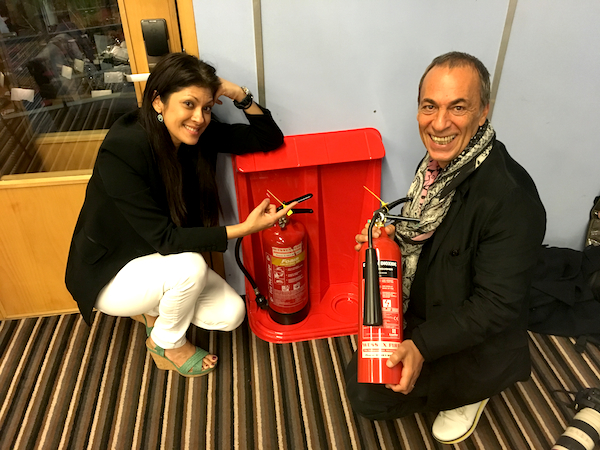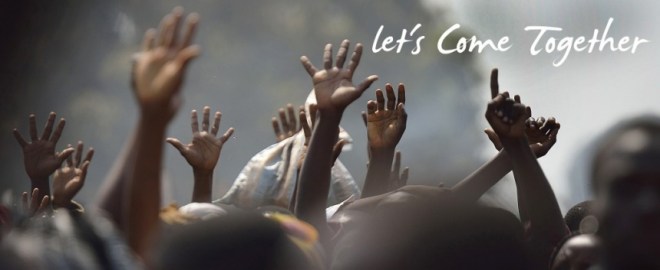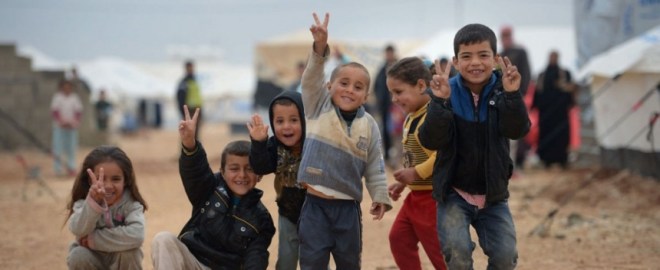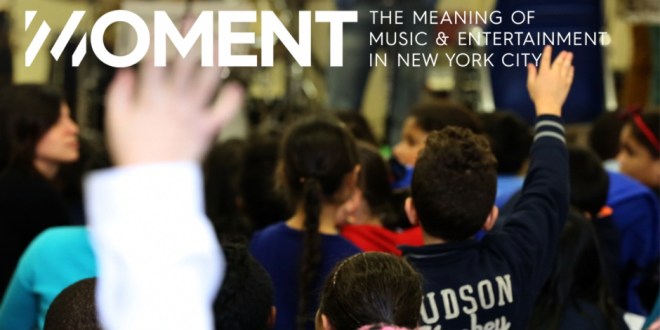Hello beautiful people,
I’m happy to announce my new collaboration as a writing contributor for Zio Music – a great music magazine and platform with thousands of readers in Italy and the rest of Europe.
 “Plugged In” – my new music column will be available exclusively on Zio Music and this blog.
“Plugged In” – my new music column will be available exclusively on Zio Music and this blog.
To celebrate our collaboration, the nice folks at Zio Music asked me a few questions. If you like music anecdotes and are a bit curious about my past then you won’t regret investing two minutes of your time. Thanks Aldo Chiappini, Matteo Zarcone and Alex Esposto for inviting me into the Zio Music world.
“Music producer, arranger, composer, music director and keyboardist – this is Simone Giuliani, the new writer for Zio Music. Simone has worked with many international artists: Beyoncé, Royal Philharmonic Orchestra, Andrea Bocelli, Carly Paoli, Jovanotti, Sia and many more. He wrote original music for Spike Lee’s Humanity Project, the TV series True Blood (HBO), CSI: Crime Scene Investigation (CBS) and recently for the series Deep Into Shambhala (CCTV/CGTN) airing in China for a record audience of 900 million viewers. We are honored to have Simone working with our team and we’d like to introduce him to our readers with this interesting interview.”
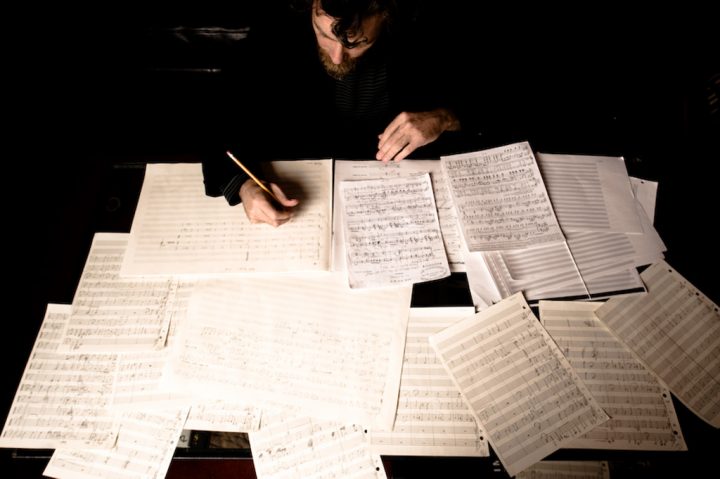
© Photo Credit: Simone Giuliani by Michael Weintrob
ZioMusic.it: Hi Simone, welcome to ZioMusic. Let’s start from the beginning: when did you realize that making music would become a crucial part of your life? How did you start your professional path?
Simone: I remember a very specific moment, I was 12, it was Summer. I didn’t see Pink Floyd or Genesis, but a little group of really good Italian musicians, I don’t know their names. They were on stage, spontaneously being amazing – they were smiling, they had their own language, a beautiful complicity. I was completely intrigued, I was holding an ice-cream cone and it melted in my hand. I was mesmerized by the beauty and power of music. I knew in that moment that was going to become the axis of my life.
Q: You live between New York and Los Angeles at the moment, was this move a necessity or an opportunity for your career?
A: I stopped thinking of cities as opportunities or necessities, I like to follow my instinct and continue exploring like I’ve always done since the beginning. I feel that’s a beautiful way to keep one’s flame alive. Each city is a container of beautiful things, different worlds, realities and people – these are all elements that a musician will assimilate, they’re all coming back into what you play and write.
I lived in London, Miami, New York, Los Angeles. Many different memories, many different musicians, different styles, I have always enjoyed so much learning new things, every place gifts you something new. A few years ago I spent quite a long time in South-East Asia, there’s a beautiful musical sensibility there, very unique, so many things and projects to start there, if one wants. Music is a powerful protolanguage, it was around before words appeared. It has two components that are opposite but crucial: the visceral one that connects you to higher forces, to the Source and the playful one that connects you with other musicians on a human level, the comraderie. It’s not a coincidence that in many languages and cultures the word ‘play’ has more than one meaning.
Q: In relation to our previous question: what do you think of the Italian music scene? Have you ever thought of coming back here to work?
A: One of the most beautiful aspects of the era in which we live is that we can connect and work from allover the world. I occasionally work with Italian artists: Jovanotti, Giovanni Caccamo, Andrea Bocelli and others. Not too long ago I worked as Music Director for a concert organized by Dr. Francis Yeoh, a great philanthropist and the Vatican for Pope Francis’ Year of the Jubilee in Rome. It was quite unique to work with a fully Italian orchestra, those symphonic musicians have sort of an extra-gear when it comes down to perform with real passion.
Q: What is your ‘must-have’ music software and hardware?
A: Thanks for the geek question! I use more than one software because I work with different clients and everybody has different needs and ways of working – as a producer or engineer you must be able to manage everything flawlessly. For me it’s equally important being able to work well with any software: Pro Tools, Cubase, Logic, Ableton, Reaper. Why not? It would be stupid missing a chance to work on a project just because you don’t know how to run a software. Learn it! Here’s a little anecdote: once I got a call from Robert Sadin, Sting’s producer, he asked me: “From 1 to 10, how well do you know Pro Tools?”. I didn’t even know how to start Pro Tools. I answered: “8”. “Ok, see you next week, we’ll work together.” Click. He hangs up the phone. You can imagine what I did that whole week: I studied Pro Tools day and night non-stop. That translated into a beautiful studio experience with Robert. Going back to your question: I love the Eventide Bundle series and Sound Toys that I use regularly with different DAWs, they’re both essential to me. Instruments, I can’t imagine not having my Moog in the studio, in London I still have my Fender Rhodes [electric piano], it’s at my friend Drew’s studio since 1994. It’s always there when I visit; my Rhodes is like my brother, we were born in the same year. We share a lot of memories.
Q: Today’s technology has simplified so many things, more and more people are able to produce music. Based on your experience, what would be your advice to young artists who’d like to start on this path?
A: I love technology. But it’s just a faster and faster way to get from A to B or if you wish, a way to gift an artist the necessary space to create more freely, to emphasize his uniqueness. But above everything, technology doesn’t convey any messages. Unfortunately all the easy, no-brainer, no-learning curve access to technology can easily destroy someone’s originality, especially in the beginning. Terrible. If you look at things a little more widely for a second, this process is also happening in other areas like photography, filmmaking, video editing. It’s a specific trend that is happening, a conscious marketing choice on a global scale – the market’s owners are leaning towards closing the gap between “pro” and “consumer”. Think about it: with very little money you can buy or rent monthly a software like Logic or Final Cut that has immense capabilities, but it reaches amateurs and professional in the same exact way. When you had to buy an Ampex tape to record your music demo or even an Atari with Notator software you had to make a tangible investment of money, time and energy and do some real homework. That was just the minimum requirement. This would put you in a certain “pre-professional” state of mind and would naturally filter out a lot of music admirers or amateurs that were happy at that point to remain music fans and not music makers.
I turned down a soundtrack last year – they sent me some scenes from the film, it started beautifully, all shot in Super HD, it looked like Blade Runner. After 20 minutes I realized that there was no message, the script was trivial to say the least, not a trace of meaningfulness, no beginning and no end, it was a disgrace. That’s an example of technology completely taking over. Who cares if you shoot your whole film in 8K or you go to Indonesia or New Zealand to film with your expensive drone, if you have nothing to say through your art? What’s the point?
My piece of advice for young musicians, producers, artists is to follow their voice, experiment, don’t think of perfection. Listen to everything, absorb as much as you can. Don’t start from technology but from the story you need to tell. Listen to new records, old records, watch as many films as you can, old, new, foreign, anything you’re open to can speak to you – don’t stop with mainstream. Exploration is everything. The most beautiful records have been made quickly, maybe that’s why they are immortal. Jimi Hendrix, Beatles, Genesis, Michael Jackson, immortal records done in a few weeks.
Q: You are incredibly versatile. How do you usually work in the studio? What’s your creative process and how do you get inspired?
A: I often arrive in the studio to record ideas that I have already developed, I walk around with an ocean of vocal notes in my iPhone, I have hundreds of them from all my trips, various sessions with musicians, chats with taxi drivers, the sound of different cities, traffic, the woods, the ocean. Music is everywhere, sometimes I whistle melodies, then I spend days with them. Did you know that 20 years ago you could pass the composer exam at SIAE (the Italian ASCAP) by whistling? Haha! So Italian! Hey, here’s an idea for a song (whistling…). Inspiration comes from the degree of opening the you have in that moment, it’s not harbored inside of us, we are merely channels of ideas – a bird can give you a beautiful melody if you know how to listen. Your duty as an artist is to create something real from something that is not tangible. Music comes from nothing. And everything.
Inspiration is an endless source, it comes from Source. It’s up to the artist to open the tap. If you think too much you lose everything. Many years ago I attended some workshops with the great Roger Nichols (the inventor of sampling and sound engineer of Steely Dan). He used to say that the first mix that you do is usually the one with the most imperfections but it contains your first natural creative instinct and it will most likely be the most “unique” mix. I completely agree.
Q: Your career started in the early 90s, has your method of working changed since then? If yes, how?
A: Great question, I never thought about it. The answer is yes of course. I started using computers in 1990. I had an Atari and like many colleagues, our software or choice was Creator and Notator (eMagic) and Cubase. The Atari was the weapon of choice for many because it came ready with a MIDI port, you didn’t need any additional external interface. You would plug your synths straight into the Atari and start working. Those computers and softwares were extremely accurate and precise with MIDI.
I admit that being born and starting my first steps in music in Italy led me to think that Pop Music was the most amazing thing on the planet. You get all the mainstream, you know? So, in a totally naïf way I was obsessed in dissecting the structure and arrangements of pop songs. I was crazy for Toto. Then I discovered Earth, Wind & Fire, Michael Jackson, all of Quincy Jones productions, then Pink Floyd, Zappa, Genesis, Yes, Supertramp, King Crimson, Trevor Horn. The Beatles. The Stones. All the old soul stuff. Oh my God, the first time you hear the Hammond. It’s like losing your virginity but in a good way.
By listening to different things you will absorb every detail even if you don’t notice on a conscious level – your language will spontaneously grow and transform and so will your working process. I listened and studied jazz for several years, my teacher was Stefano Bollani. Then all of a sudden I’m in a van driving up and down playing allover Italy with Diaframma: punk-rock, dark wave, gothic rock, after a few years I landed in London in the full Acid Jazz moment… an incredible musical turmoil, jam sessions every night with musicians from Incognito, Brand New Heavies. If you didn’t own a Fender Rhodes you were a nobody. Haha! I shipped my Rhodes from Italy. Unfortunately I had to choose to leave behind my band at the time, Funkareem. We had a record deal and released a single and we were touring but I couldn’t just stay in Italy any longer. I had a phase with Hip-Hop, I was in a band called Psychic Phenomena with 13 great musicians, we opened for The Roots in London once. Then DJs. I’ve always loved working with DJs, total freedom as a musician, in the studio and live.
I feel that this is a great way of living music before choosing a specific approach to a “work” system. I mean, the research IS the work. While you’re searching and exploring music, you’re searching and exploring inside yourself at the same time. Music is the ultimate soul-seeking experience when it’s lived as a shared experience.
Ask yourself the question: how do you perceive yourself as musician with another musician in the room? That’s a healthy way to compare yourself to another musician, instead of comparing professional achievements. What can I learn from this person? What can I give to this person?
Any artist should explore, always, in any direction. You don’t like that music? Fine. You tasted it and didn’t like it. What’s next? Maybe something amazing awaits you and it’s gonna flip your little music world upside down and expand it like a cosmic bang. It’s instant. There’s nothing worse than fossilize and trap yourself in one music style, especially in the beginning. To answer your question, my way of working with others is based on facilitating others. But if I work alone often I go into a sort of a trance and I don’t go back home until I finish what I feel I need to (my ex-wife can confirm this). When you work with others in some capacity – producing, arranging, mixing, anything that is done with other artists, you should facilitate the flow. Every artist has a different approach to music, go with the flow. I had the most memorable times working in the studio with Cibo Matto (Yuka Honda & Miho Hatori) on their album ‘Hotel Valentine’, the most crucial thing was eating the best food! We would eat for hours in total bliss and then “work”. Heavenly. Great friends, great food, great music. What more can you ask for?
Q: Have you ever had big “crisis” moments in your career? I mean, moments where it was really hard to integrate your ideas with other artists’ requests. If that was the case, how did you manage to overcome these moments?
A: Yes, of course, we all have these moments. I can’t explain to you how I went past them, but I think that if as a musician you’re honest towards yourself, towards others and towards Music, some really magical things can happen when needed. In the beginning of my experience abroad, more than once I found myself completely broke, no money at all and that’s when unexpected things started happening, I don’t think they came from this realm. I couldn’t pay my rent, I was short of 374 dollars. I get my mail and there’s a check from Sacem (the French ASCAP). You want to know the amount of the check? 374 dollars. This has happened at least 5 times to me. Receiving the same exact amount that I needed at that time for a reason or the other. You can’t make the stuff up. How can you not acknowledge this kind of signals?
Regarding the matter you mentioned – the contrast between “art” and “work”, yes of course… it used to happen a lot before. But there’s a way to find beauty in things that at a first glance don’t show it. If you start from there there’s stuff to learn. I used to hate writing music for commercials or trailers, I didn’t like what I was creating at all. It was tiresome, felt stupid. Then I understood that it was just a different language: quicker, different form of story-telling. It became one more thing to learn.
I start from the concept that being an artist is not something that I am, it’s something that I do. It’s a privilege that I chose, for my own reasons. I chose this noble path. I am a student, we are all students. “Perspective”, this beautiful concept invented by our fellow countryman artist Brunelleschi it’s amazing and can be applied to everything. We’re here drinking coffee reading this interview and 21,000 people died of hunger, today. That’s one person dying every 4 seconds for lack of food, it’s still happening today. I think that we can make a little compromise sometimes, in the comfort of our recording studios.
Q: Your credits are very impressive, you worked with a lot of international artists, you produced music for TV & Film and every project you’re involved with gets huge recognition. Many people would dream to achieve only a fraction of all this and this brings us to ask you: what’s next? Do you have a specific goal or dream to realize?
A: Music is meant to be shared among humans. It’s a life investment that has no shortcuts, if you do it for money you’re in the wrong business. The old saying really applies here: it’s not where you’re going, it’s how you get there. The highest point in my career: the musicians from the London Symphony Orchestra congratulating me after a recording session at Abbey Road. The human factor is everything. I live my dream every day, inside of me you’ll still find the kid with the melted ice-cream cone.
Interview by Alex Esposto for Zio Music | http://www.ziomusic.it © All Rights Reserved
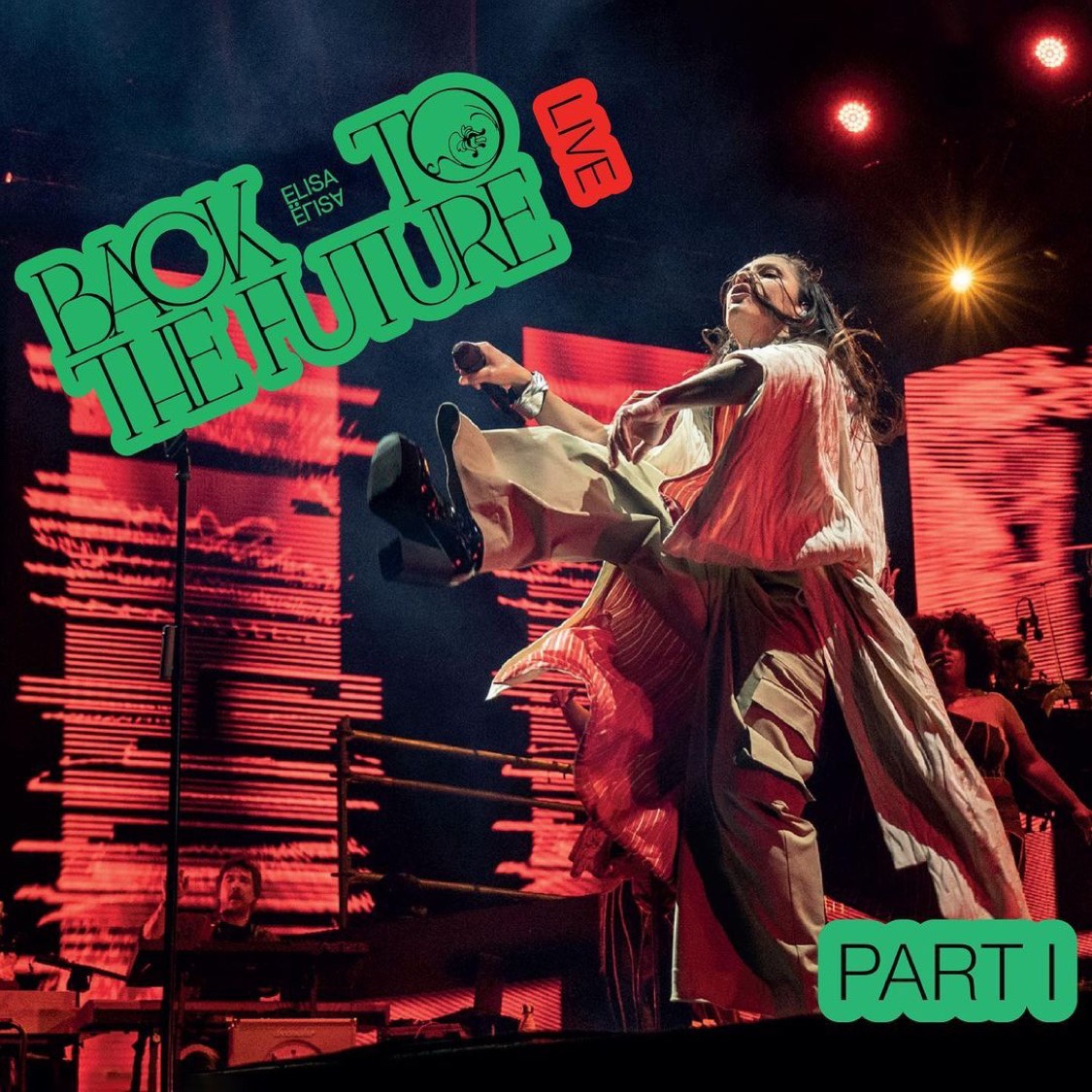

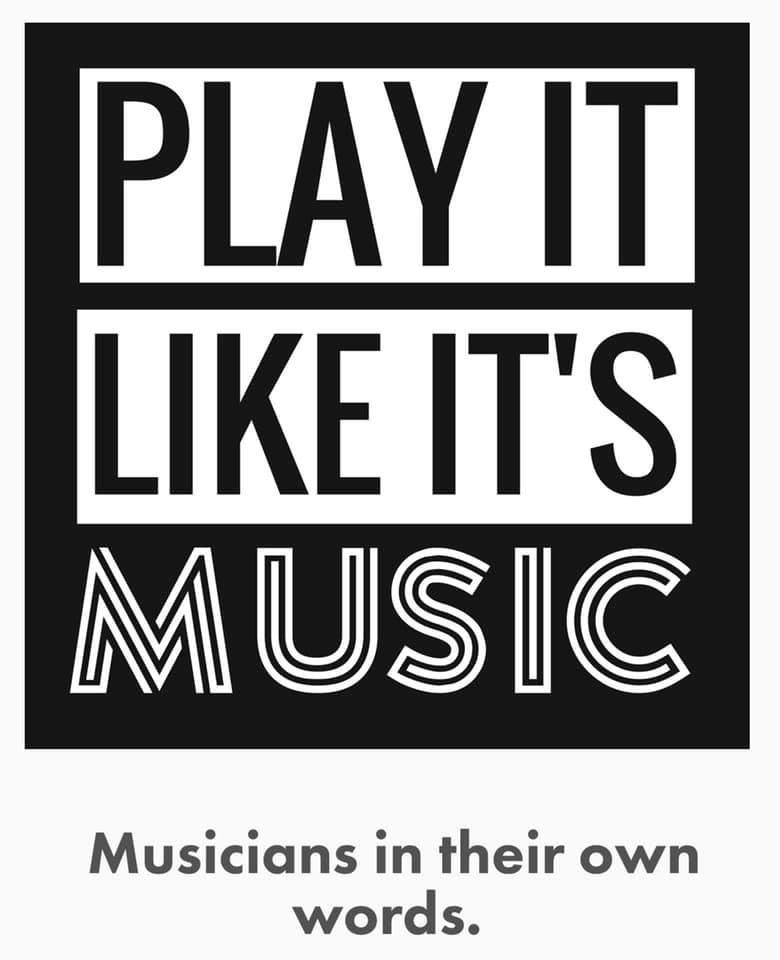
 “Plugged In” – my new music column will be available exclusively on
“Plugged In” – my new music column will be available exclusively on 
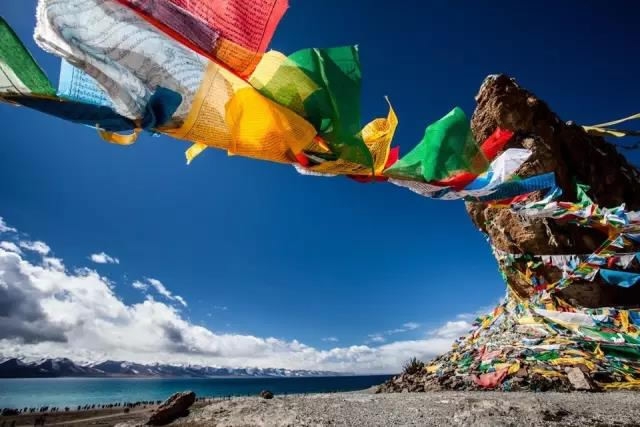
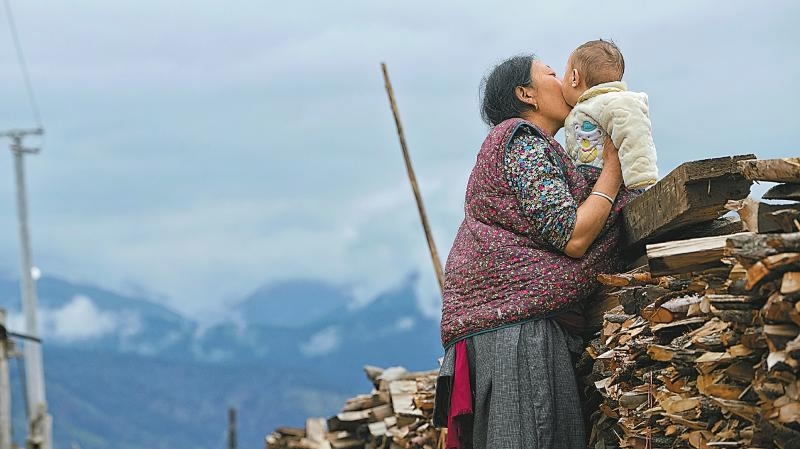
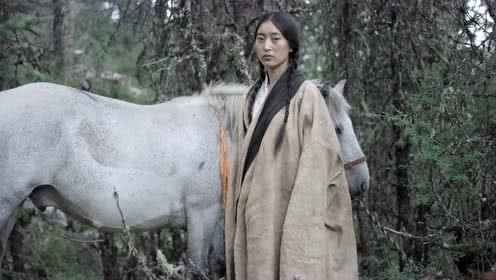
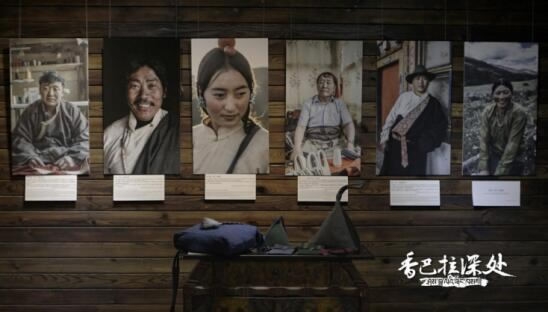
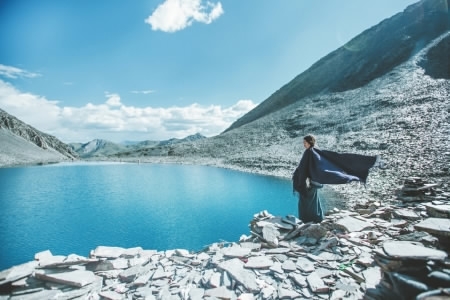

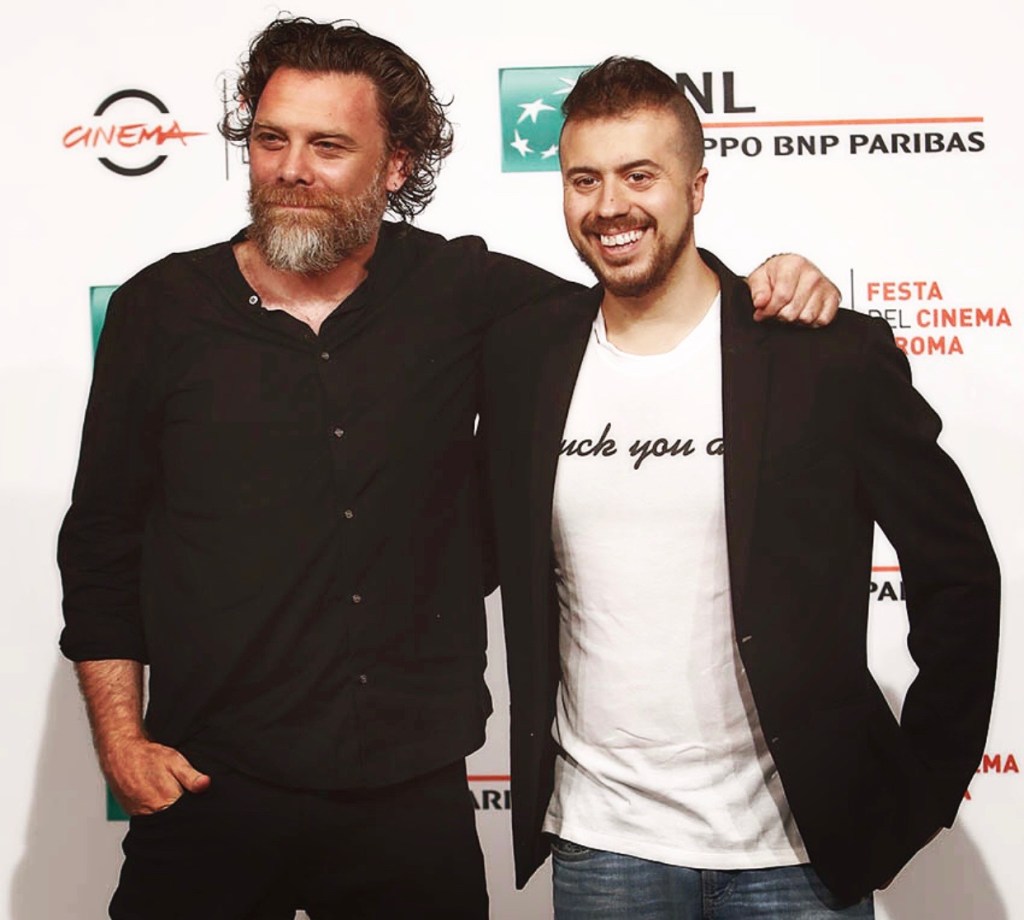
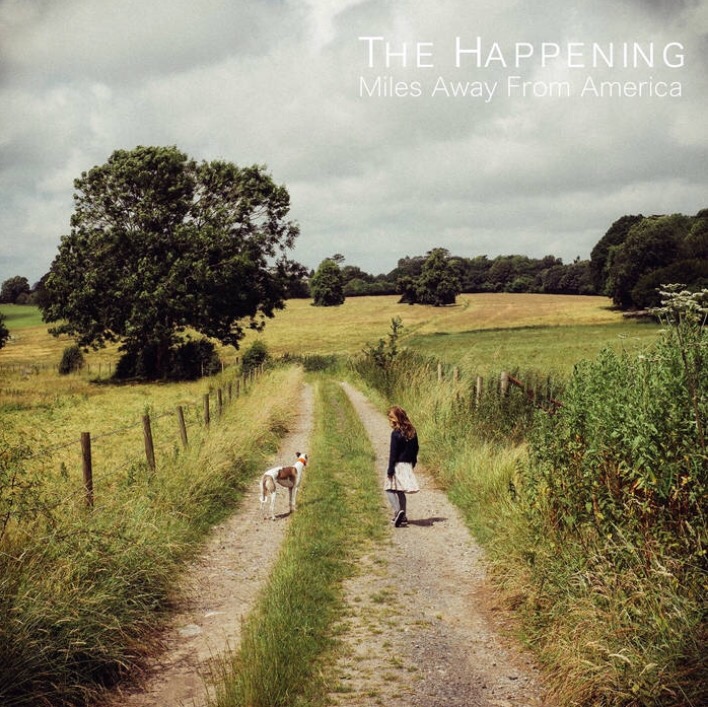
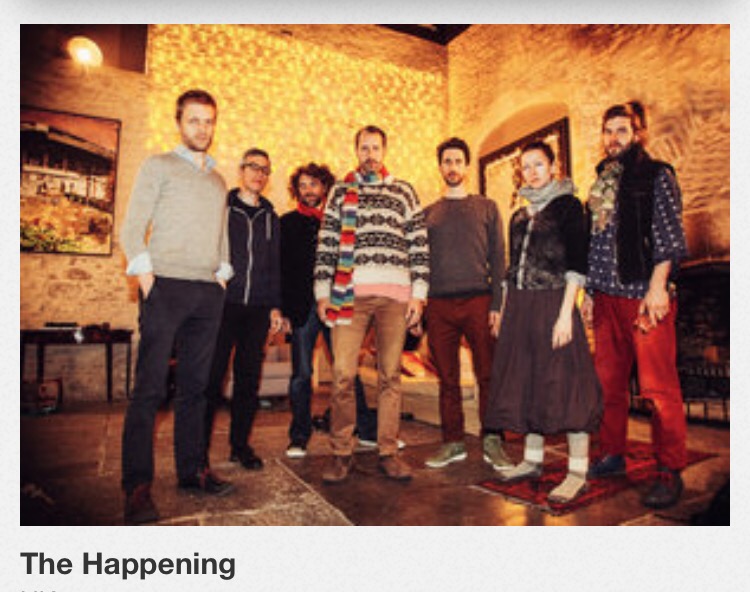
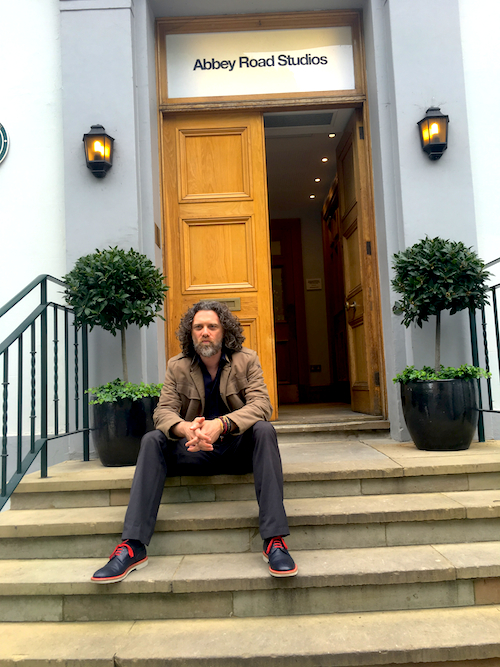 Hello everybody,
Hello everybody,

